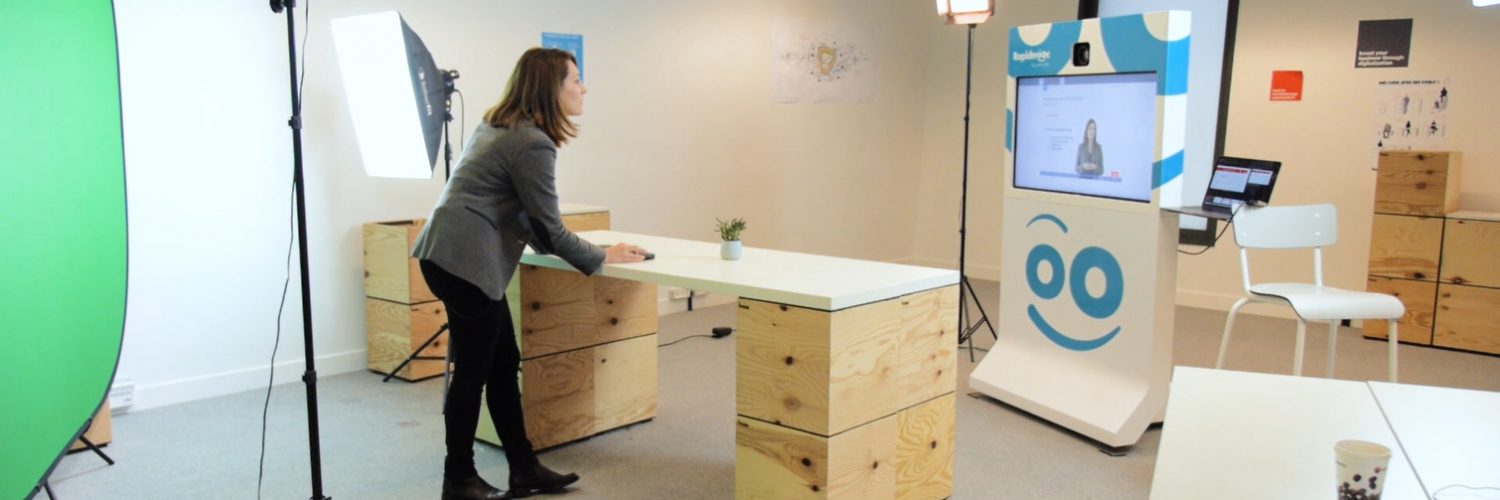Following recent government guidelines, universities will be able to return to on-campus education in the new academic year. The lifting of Covid restrictions on July 19th meant there will now be no restrictions on in-person teaching in universities. However, Manchester University is the first to confirm that lectures will continue to remain online, and many claim that it is unlikely to be the last announcement.
The primary method of teaching at the majority of universities in the UK has always been through an in-person experience and many students will continue to expect this. So why are some universities still adamant on delivering at least some of their learning online despite relaxed covid control measures?
If we have learnt anything from the past 18 months, it’s that plans have and will continue to change. Is it possible to plan in-person lessons with full capacity? Will all students be vaccinated? Will we feel safe moving back onto campus full time? These questions remain unanswered and it is becoming clear that universities are steering clear from making unrealistic promises that might leave students disappointed.
Without mentioning the increase in infection rates, many educators are keen to recognise that the shift to online learning during the pandemic should be maintained as it was, at times, extremely successful. Dr. Michael Noetel from the Australian Catholic University has argued that video learning is “not only scalable, but […] tends to lead to better learning, even compared to traditional classes”. Using over one hundred studies to test his theory, Noetel found that videos can not only be more accessible, they can be made more interactive than in-person lectures and information can be carefully presented and edited, making it easier to understand. Indeed, many university lecturers have commented on the benefits of online learning, claiming that students enjoyed the flexibility of online learning as it meant they could fit their studies around other commitments. Professor Parama Chaudhury from the University College London offered her students a comprehensive archive of recorded footage so they could rewatch lessons and also use it as revision, a technique she believes should continue into the new academic year. Therefore, it is somewhat unsurprising that universities are leaning towards a blend of face-to-face and remote learning this Autumn, otherwise known as blended learning.

It is worth noting, however, that a student at university in 2021 in the UK will still be subscribing to the narrative that requires them to pay a £9,250 fee, which, at face value, seems somewhat expensive. Surely online learning would enable universities to cut back on both staff and the use of facilities, is there not a value-for-money debate to be had? Are university leaders trying to cut corners without reducing tuition fees?
Universities continue to argue that blended learning is not the cheaper option, insisting that the money is being used to support remote learning and the development of high-quality e-learning material. As we all know, there is a clear difference between content that is recorded on professional cameras compared to cheap laptop webcams. That being said, it is interesting to note that a number of universities are beginning to invest in the former option, choosing high-quality video studios that will enable them to distribute professional learning material at scale. For example, the University of Oxford, Durham and Aston are just a few names that have invested in Rapidmooc, an all-in-one video recording solution for those in corporate and education. Rapidmooc is becoming increasingly popular amongst those who need to record simple yet high-quality presentations quickly and at scale. So perhaps if universities are spending their pennies on facilities that will enhance the online learning space, students won’t be as irked by their tuition fees.
However, students at the University of Leeds argue that “online teaching is in no way a substitute for in-person learning” and a “blended teaching approach should be a last resort”. With almost 4,000 signatures on an online petition, it seems that students still crave the personal connections and collaborations that face-to-face interactions provide. Adam Tickell, the vice-chancellor at the University of Sussex has claimed there is a “strong rationale” for face-to-face education to return, arguing that when teaching in person, “you feed off the students and they feed off you”. Face-to-face interaction undeniably embodies a richness that is somewhat impossible to replicate in the digital sphere and it seems some universities, particularly with practical courses, can appreciate this. The University of Hartpury has recently promised that they are “planning on delivering the ‘new normal’ academic experience” with the “majority” of teaching being held on campus and only “two hours per week online.”
It seems that there is no blueprint for the future of higher education, and at this point, we can only predict the ways universities will continue to operate in a post COVID-19 world. However, It is becoming increasingly clear that most universities won’t return to the previous ‘normal’, after all, why would they when they have successfully adapted to remote learning? This is not to say there won’t be a return to on-campus learning but it is safe to say there might be a redesign of academia over the next few years.

Author
Emily Coltman, content marketing executive at Rapidmooc UK














